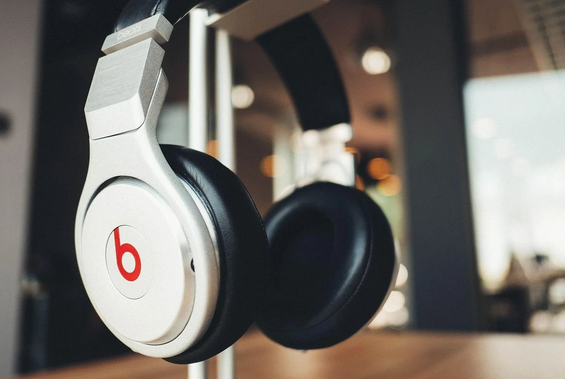In the field of wireless Bluetooth headphones, the microcontroller serves as the core control unit, and its selection directly affects the performance, power consumption, stability, and user experience of the headphones. This article will recommend several mainstream models available in the market to assist engineers in making better decisions.

1. Qualcomm QCC5141/QCC5144
Positioning: High-end Bluetooth audio SoC, supports Bluetooth 5.2, integrates Active Noise Cancellation (ANC) and voice assistant features.
Advantages:
Supports Qualcomm aptX Adaptive audio codec, balancing sound quality and low latency.
Integrates a dual-core 32-bit processor with strong computing power, supporting complex audio algorithms.
Provides a rich set of development tools and software libraries to accelerate product time-to-market.
2. Hengxuan BES2500 Series
Positioning: Mid-to-high-end Bluetooth audio chip, supports Bluetooth 5.2, widely used in the TWS headphone market.
Advantages:
Supports dual-mode Bluetooth (BR/EDR + BLE), offering strong compatibility.
Integrates adaptive Active Noise Cancellation (Hybrid ANC) and call noise cancellation (ENC) algorithms.
Low power design, with a single charge lasting over 8 hours.
3. RDA AB1565 Series
Positioning: Mid-range Bluetooth audio chip, supports Bluetooth 5.3, outstanding cost-performance ratio.
Advantages:
Supports LE Audio and Auracast broadcast audio technology, enhancing audio transmission efficiency.
Integrates a high-performance audio processor, supporting spatial audio and head tracking features.
Provides a complete development kit and reference design, lowering the development threshold.
4. Jieli AC696N Series
Positioning: Entry-level Bluetooth audio chip, supports Bluetooth 5.1, suitable for cost-effective products.
Advantages:
Highly integrated design, with built-in Flash, RAM, and PMU modules.
Supports dual connection functionality, allowing simultaneous connection to two devices.
Provides a rich set of peripheral interfaces for easy functionality expansion.
5. Realtek RTL8773C
Positioning: Mid-to-high-end Bluetooth audio chip, supports Bluetooth 5.2, focusing on high sound quality and low power consumption.
Advantages:
Supports 24bit/96kHz high-definition audio decoding, with excellent sound quality performance.
Integrates dual-mode Bluetooth and dual-microphone noise cancellation algorithms.
Provides a complete software development kit (SDK) and hardware design guidelines.
This article is an original piece by Yiy Education, please indicate the source when reprinting!